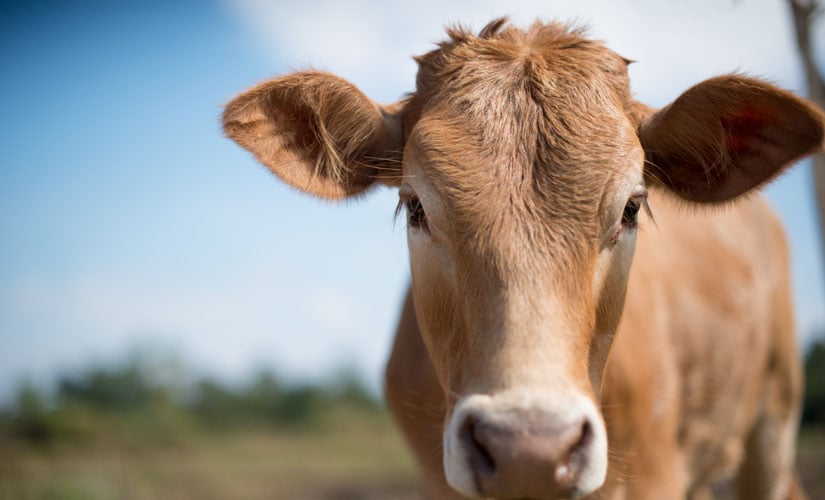
Those who visit Down to Earth’s website or receive the monthly e-newsletter probably have seen the statement that “The single most important thing an individual can do for the environment is to adopt a vegetarian diet.” The United Nations Food and Agriculture Organization (FAO) agrees: Raising animals for food impacts global warming by generating more greenhouse gases than all the cars and trucks in the world combined.1 This fact in itself is a powerful argument for a vegetarian diet – but it’s just the beginning! For more on the subject, let’s go straight to the source and see what the FAO has to say about livestock production: In its 2006 Spotlight article “Livestock Impacts on the Environment”, the FAO informs us that:
- “…livestock production is one of the major causes of the world's most pressing environmental problems, including global warming, land degradation, air and water pollution, and loss of biodiversity.”
- “The livestock sector is by far the single largest anthropogenic user of land. Grazing occupies 26 percent of the Earth's terrestrial surface, while feed crop production requires about a third of all arable land. Expansion of grazing land for livestock is a key factor in deforestation, especially in Latin America: some 70 percent of previously forested land in the Amazon is used as pasture, and feed crops cover a large part of the remainder.”
- “Evidence suggests it is the largest sectoral source of water pollutants, principally animal wastes, antibiotics, hormones, chemicals from tanneries, fertilizers and pesticides used for feed crops, and sediments from eroded pastures. While global figures are unavailable, it is estimated that in the USA livestock and feed crop agriculture are responsible for 37 percent of pesticide use, 50 percent of antibiotic use, and a third of the nitrogen and phosphorus loads in freshwater resources. The sector also generates almost two-thirds of anthropogenic ammonia, which contributes significantly to acid rain and acidification of ecosystems.”
- “The sheer quantity of animals being raised for human consumption also poses a threat of the Earth's biodiversity. Livestock account for about 20 percent of the total terrestrial animal biomass, and the land area they now occupy was once habitat for wildlife.”
The FAO’s 2008 bulletin “Livestock and Environment” reports that:
- “…the livestock sector is exerting mounting pressure on the world’s natural resources: grazing land is threatened by degradation; deforestation is occurring to grow animal feed; water resources are becoming scarce; air, soil and water pollution are increasing; and locally adapted animal genetic resources are being lost.”
- “Clearing of land for feed crop production and expansion of pastures for livestock production has been one of the driving forces behind deforestation. Deforestation causes significant environmental damage, releasing enormous amounts of carbon dioxide into the atmosphere and causing the extinction of many animal and plant species each year. Freshwater is becoming increasingly scarce with the livestock sector accounting for nearly one tenth of global human water use. The livestock sector is probably the largest source of water pollution, contributing to eutrophication, ‘dead’ zones in coastal areas and degradation of coral reefs.”
Take it from the United Nations’ own Food and Agriculture Organization – raising animals for slaughter is severely damaging the environment on all fronts. But you can refuse to participate in this destruction. For the sake of the Earth, go veggie!
- “Rearing cattle produces more greenhouse gases than driving cars, UN report warns,” United Nations FAO Newsroom, Nov. 29, 2006.